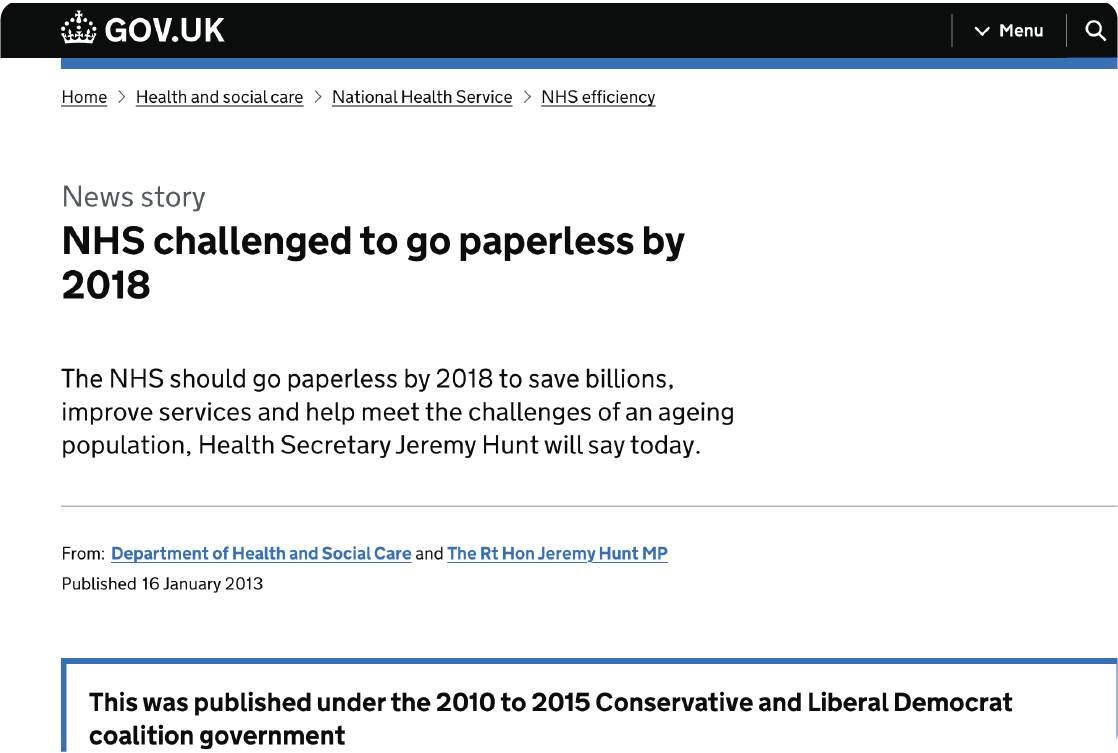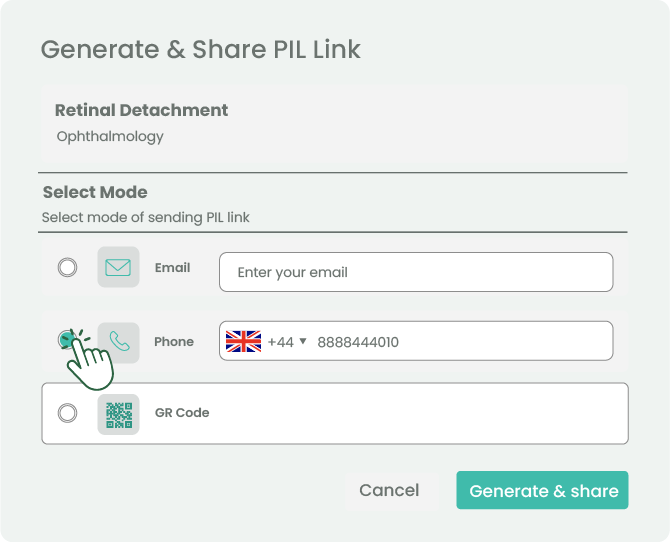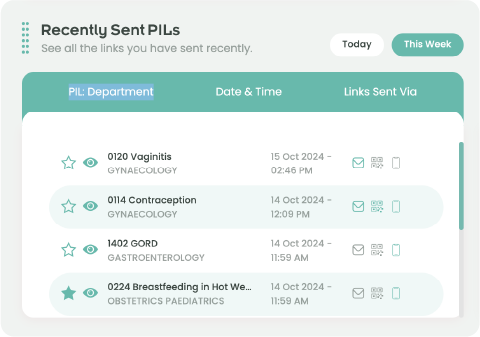Without the paper PILs, the NHS trusts started publishing their PILs as PDF files on their websites. This changed the concept of patient education from the patients passively receiving the information (which is easier), to the patients actively seeking the information on the website.
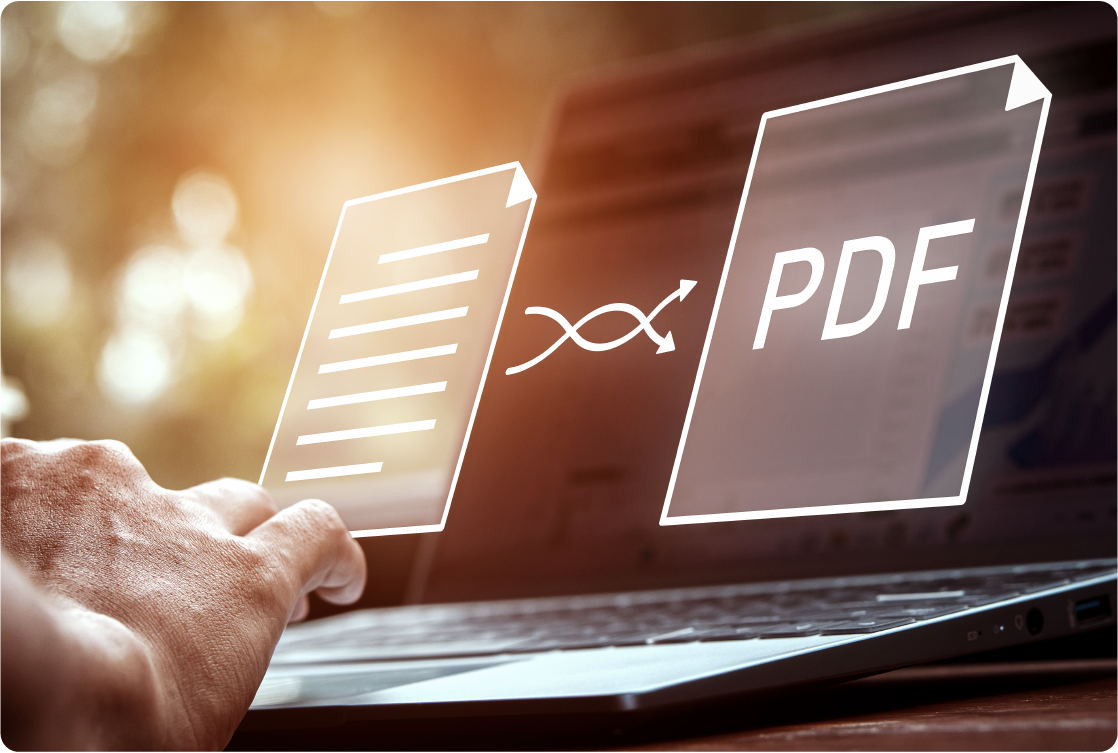
Furthermore, the HCPs had less tools at their disposal to educate the patients. If they were to send the PDF link to the patients (by letter or email), the time lag affects the patients’ recollection of the visit and the information imparted in it. There is also a stark contrast between the text-heavy PDF files and the natural social media and internet environment, which is based on shorter sentences, pictures, sound and videos.
AMPM Training set out to produce modern digital patient information leaflets; MINT PILs. These were designed to have illustrations that describe social interactions and draw a story that can be easily followed by the reader.

The interactivity, videos, and sound are congruent with the modern social media and internet environment.

We had to tie our MINT PILs to the consultation and interactions between the HCP and the patient. We created a digital platform that allows the HCP to use the MINT PILs for patient education during their visit.

The HCP can use the platform to send the MINT PIL to the patient at the point of contact using SMS, email or QR code scanning. We designed it so that the MINT PILs can be sent anonymously.
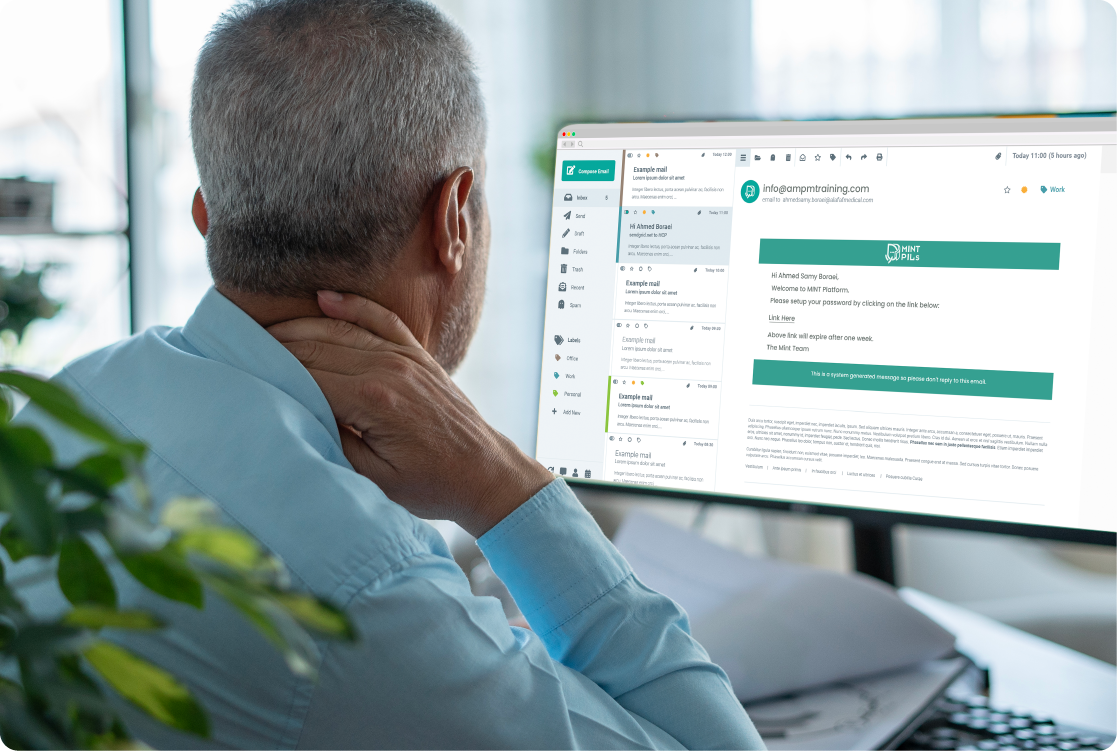
Lastly, we needed to improve the patient education environment. Hence, we developed workshops to train HCPs on patient education, communication and empathy. Our empathy workshops are designed to improve the HCP/patient interaction, as well as, to help the HCP improve the working environment. To assist the HCPs in being agents of change, we also give workshops on soft management skills in leadership, team building and innovation among other courses.
In doing so, AMPM Training has set its aims clearly on a holistic improvement of patient education.


